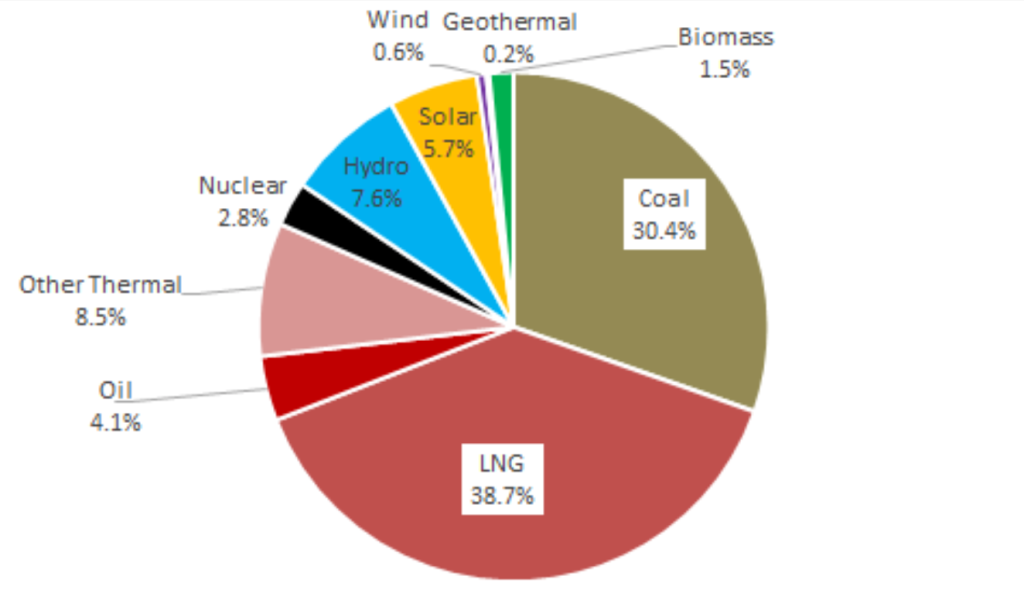Renewable Energy Policies and Government Incentives: A Retrospective Overview
Over the past few decades, renewable energy has emerged as a crucial component in our quest for a sustainable future. Policymakers around the world have recognized the urgent need to transition from fossil fuels to cleaner alternatives, leading to the implementation of various renewable energy policies and government incentives. These initiatives aim to promote the adoption of renewable energy sources, reduce greenhouse gas emissions, create jobs, and stimulate economic growth.
One of the earliest examples of government support for renewable energy can be traced back to Germany’s Renewable Energy Sources Act (EEG) enacted in 2000. This groundbreaking policy introduced feed-in tariffs that guaranteed fixed payments for electricity generated from renewable sources. By providing long-term revenue certainty, this incentive scheme spurred significant investment in wind turbines and solar panels, propelling Germany into a global leader in renewable energy.
Following Germany’s lead, many countries began implementing their own versions of feed-in tariffs or similar mechanisms. Spain introduced a generous feed-in tariff program in 2004 but faced challenges when it was retroactively cut due to unsustainable growth rates that strained public finances. Despite setbacks like these, feed-in tariffs have played a crucial role in jumpstarting renewables globally.
As technologies advanced and costs declined, governments shifted focus towards auction-based systems where developers bid on contracts for supplying clean energy at competitive prices. This approach encourages cost reduction through market competition while ensuring transparency and fair access to project development opportunities.
The United States adopted such an approach with its Production Tax Credit (PTC) and Investment Tax Credit (ITC). The PTC provided tax credits based on electricity production levels from eligible sources like wind power while the ITC gave investors substantial deductions on capital investments made into qualified projects such as solar installations. These incentives significantly contributed to increasing installed capacity across American wind farms and solar parks.
In recent years, other innovative approaches have gained traction worldwide. Green certificates, also known as Renewable Energy Certificates (RECs) or Guarantees of Origin (GOs), have been implemented to track and verify the generation and consumption of renewable energy. These certificates can be traded between parties, allowing businesses and individuals to support renewables even if they cannot physically access clean energy sources.
Additionally, some governments have incentivized consumers to adopt rooftop solar panels through net metering policies. Net metering allows homeowners or businesses with solar installations to sell excess electricity they generate back to the grid in exchange for credits on their utility bills. This arrangement not only promotes individual energy independence but also reduces strain on traditional power infrastructure during peak demand periods.
Despite these positive developments, challenges remain. The intermittent nature of renewable energy sources necessitates robust grid integration technologies and storage solutions. Governments must continue investing in research and development to overcome these barriers while ensuring a just transition for workers employed in fossil fuel industries.
In conclusion, renewable energy policies and government incentives have played a vital role in accelerating the adoption of clean energy sources globally. From feed-in tariffs to auction systems, tax credits, green certificates, and net metering programs – these initiatives have spurred innovation, job creation, economic growth while reducing greenhouse gas emissions. As we look towards the future, it is crucial that governments worldwide continue supporting such policies and explore new avenues for sustainable development. Together with technological advancements and public awareness campaigns about the importance of renewables, we can pave the way towards a greener future for generations to come.

Leave a comment